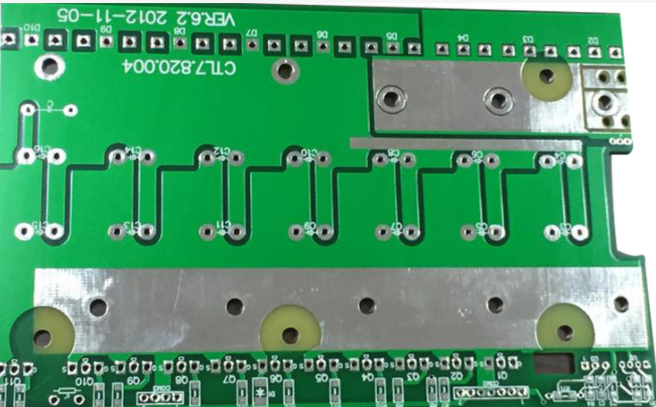Detailed explanation of the special process of PCB proofing for you
In PCB proofing, due to the differences in technical requirements and production capabilities, there are many special processes, which have high technical thresholds, difficult operations, high costs, and long cycles. Today, let the engineer explain the special process of PCB proofing for you in detail:
1. Impedance control
When the digital signal is transmitted on the board, the characteristic impedance of the PCB must match the electronic impedance of the head and tail components; once it does not match, the transmitted signal energy will be reflected, scattered, attenuated or delayed; in this case, it must Perform impedance control to match the characteristic impedance of the PCB with the components.
2. HDI blind buried vias
Blind vias are only visible on the top or bottom layer; buried vias are vias in the inner layer, and the upper and lower sides of the hole are in the inner layer of the board. The application of blind and buried vias greatly reduces the size and quality of HDI (High Density Interconnect) PCBs, reduces the number of layers, improves electromagnetic compatibility, reduces costs, and makes the design work easier and faster.

3. Thick copper plate
Glue a layer of copper foil to the outer layer of FR-4. When the finished copper thickness is ≥2oz, it is defined as a thick copper plate. The thick copper plate has excellent extension properties, high temperature, low temperature, and corrosion resistance, so that electronic products have a longer service life, and it is very helpful to simplify the volume of the product.
4. Multi-layer special laminated structure
Laminated structure is an important factor that affects the EMC performance of PCB boards, and it is also an important means to suppress electromagnetic interference. For designs with more signal networks, the greater the device density, the greater the PIN density, and the higher the signal frequency, a multilayer special laminated structure should be used as much as possible.
5. Electroplated nickel gold/gold finger
Nickel-gold electroplating refers to the method of electroplating to make gold particles adhere to the PCB board. Because of the strong adhesion, it is called hard gold; using this process can greatly increase the hardness and wear resistance of the PCB, and effectively prevent copper and other Diffusion of metal, and meet the requirements of hot pressure welding and brazing. The coating is uniform and fine, with low porosity, low stress and good ductility.
6. Nickel palladium gold
Nickel, palladium, and gold is a non-selective surface processing process that uses chemical methods to deposit a layer of nickel, palladium and gold on the surface of the copper layer of the printed circuit in PCB proofing. It uses 10 nanometer thick gold plating and 50 nanometer palladium plating to achieve good electrical conductivity, corrosion resistance and friction resistance.
7. Special-shaped holes
PCB production often encounters the production of non-circular holes, called special-shaped holes. Including 8-shaped holes, diamond holes, square holes, zigzag holes, etc., which are mainly divided into two types: copper in the hole (PTH) and no copper in the hole (NPTH).
8. Depth control groove
With the diversified development of electronic products, special concave fixed components are gradually applied to PCB design, resulting in the control of depth grooves.
PCB control deep groove
The above is the special process of PCB proofing explained by the engineer for you. Do you understand it?